Alaskan Husky Breed Temperament, Lifespan, Shedding, Puppy

The complete alaskan husky dog breed guide pictures Artofit
The Alaskan Husky is a remarkable working dog with a rich history deeply rooted in the Arctic regions. Unlike standardized breeds, the Alaskan Husky is a true mixed-breed dog that has been.

Alaskan Husky The Essential Breed Guide Pets4You
An Alaskan Husky puppy can be bred using two different dogs: Alaskan Husky x Alaskan Husky; Alaskan Malamute x Siberian Husky; This is why researching your breeder and potential puppy is essential. Classed as a medium-to-large breed, your furry friend will be fully matured anywhere between 12-18 months of age. Alaskan Husky Temperament

White Alaskan Husky Profile Facts Care Traits Appearance
Alaskan Huskies are headstrong and hard-working dogs with an iconic wolf-like appearance. While many people are familiar with Siberian Huskies and Alaskan Malamutes, the Alaskan Husky is a more elusive breed that's a common source of confusion. These dogs are not officially recognized by any kennel club. Thus, there are no strict breed standards.
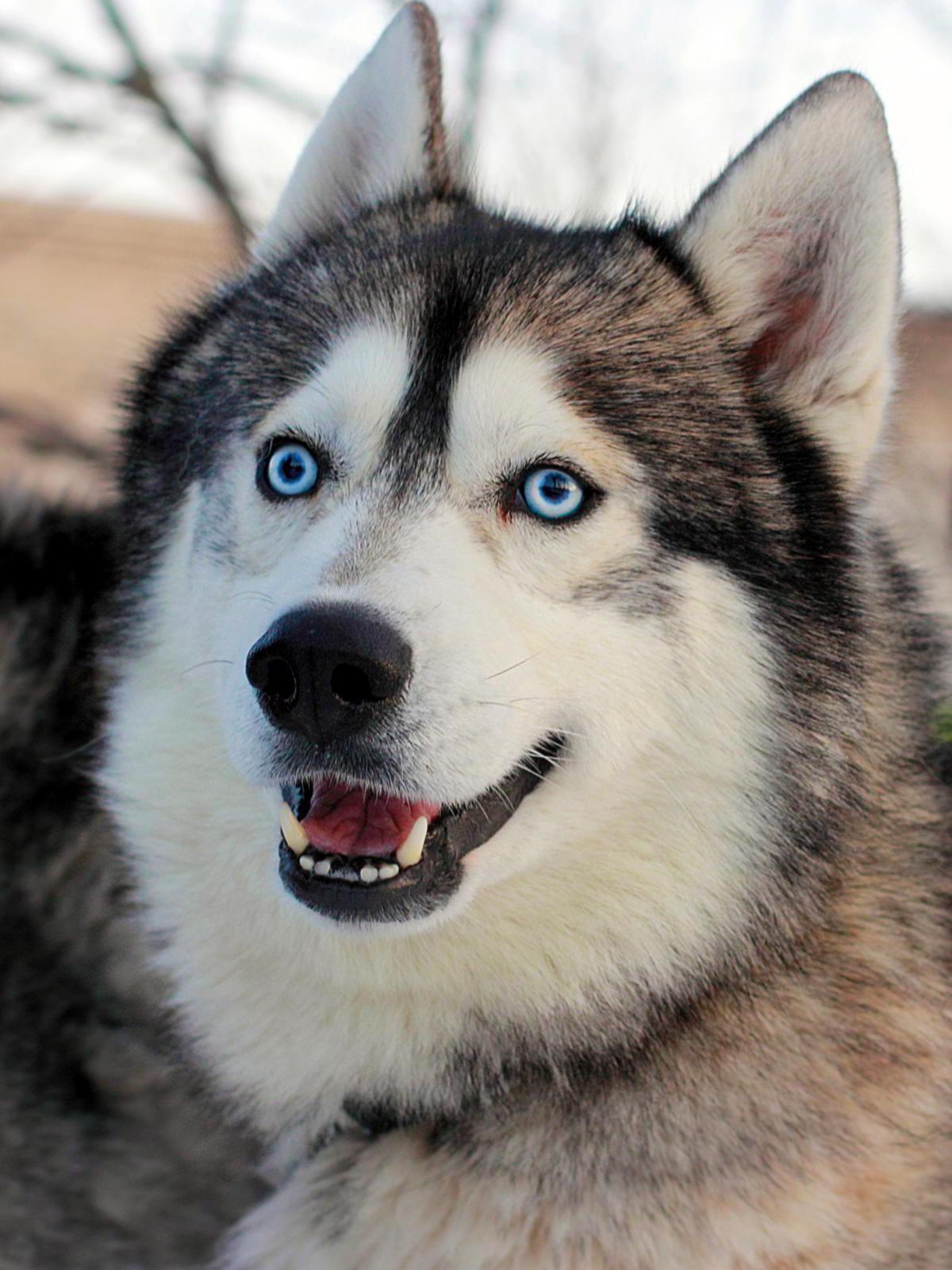
Alaskan Husky Breed Temperament, Lifespan, Shedding, Puppy
Therefore, some Alaskan husky also have distinctive markings, such as a mask around their eyes or a dark stripe down their back. Size. The Alaskan Husky is a type of sled dog that varies in size depending on its breeding and intended use. Ben moore Alaskan husky range from medium to large, with males typically standing 23-25 inches at the shoulder.
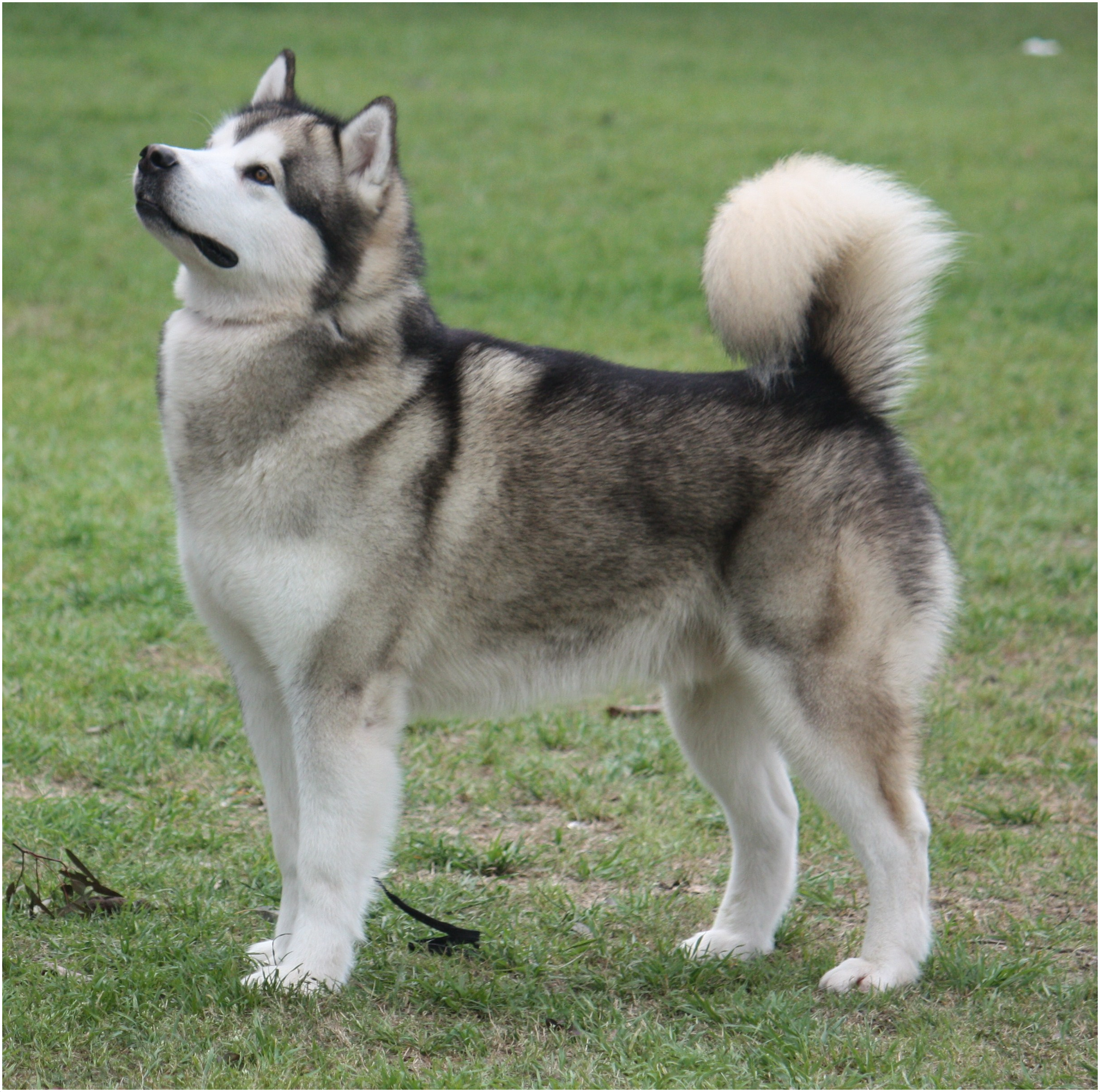
Alaskan Husky Breed Temperament, Lifespan, Shedding, Puppy
Alaskan Huskys are quite a bit energetic. This is because the Alaskan Husky ranks high for energy level. The Alaskan Husky ranks number 43 out of 124 dog breeds for energy level. This information is based on what 38 Alaskan Husky owners reported on the temperament of their Alaskan Husky in a research survey.
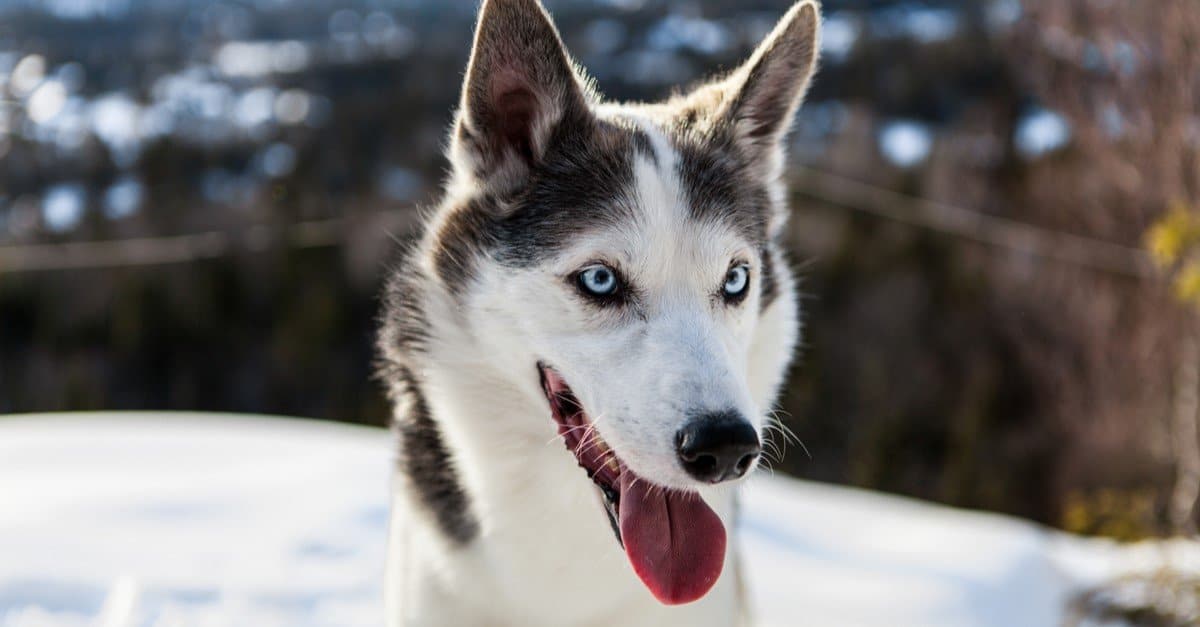
Alaskan Husky Dog Breed Complete Guide AZ Animals
The Alaskan Husky is a sled dog that originated in the State of Alaska. These are robust, resistant, and smart dogs. The indigenous people of the Arctic used them in the past for transportation and hunting. They're usually confused with the Siberian Husky as they are both snow dogs and have similar physical characteristics.
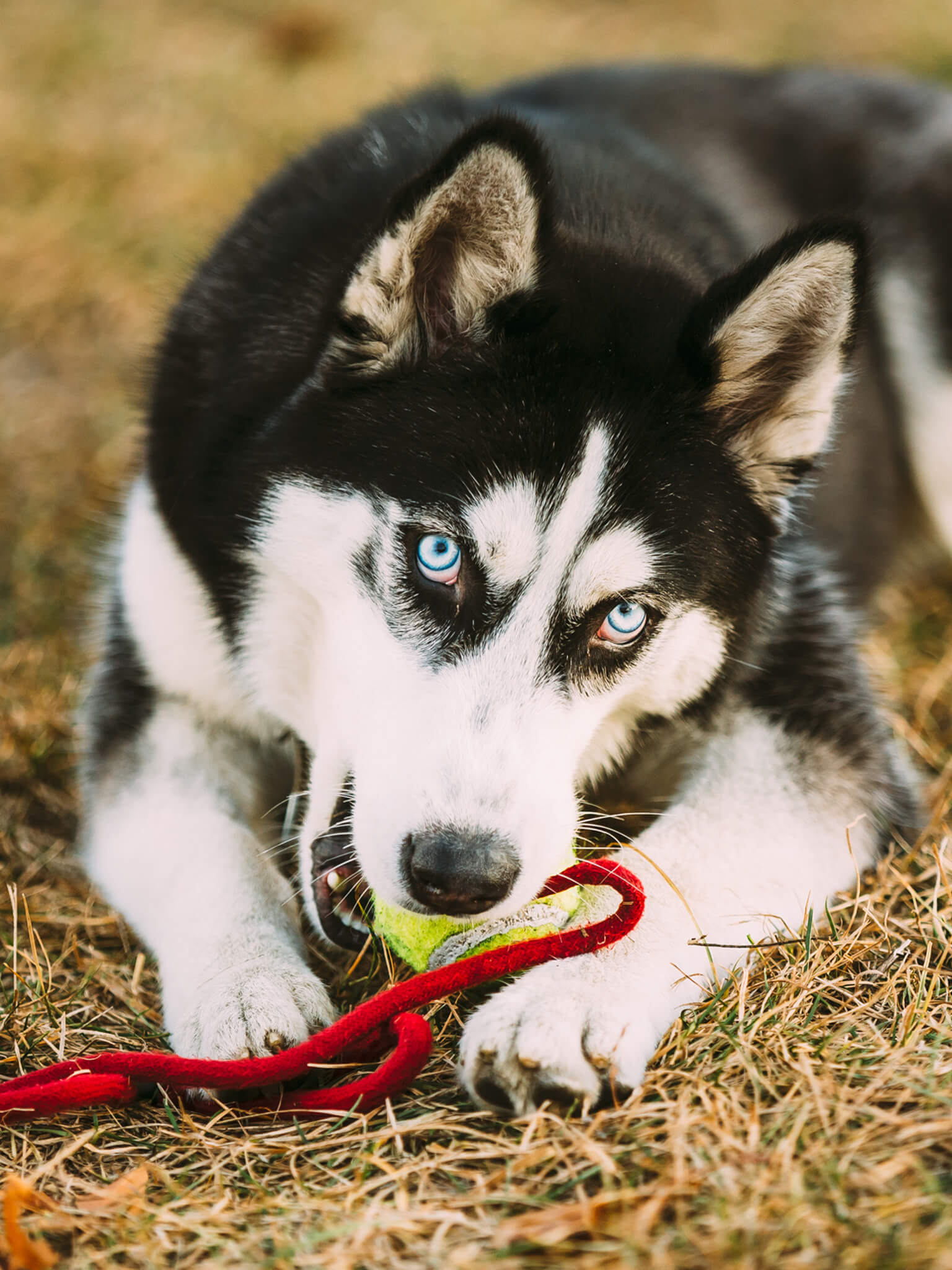
Alaskan Husky Training, Personality, Temperament & More
1. Alaskan Huskies are not a recognized breed. Alaskan Huskies are sled dogs that are bred solely based on working purposes, so they're not true purebred dogs. They're not recognized by any major kennel club and can vary quite a bit in appearance, so they're mainly a type of dog rather than a breed. 2.
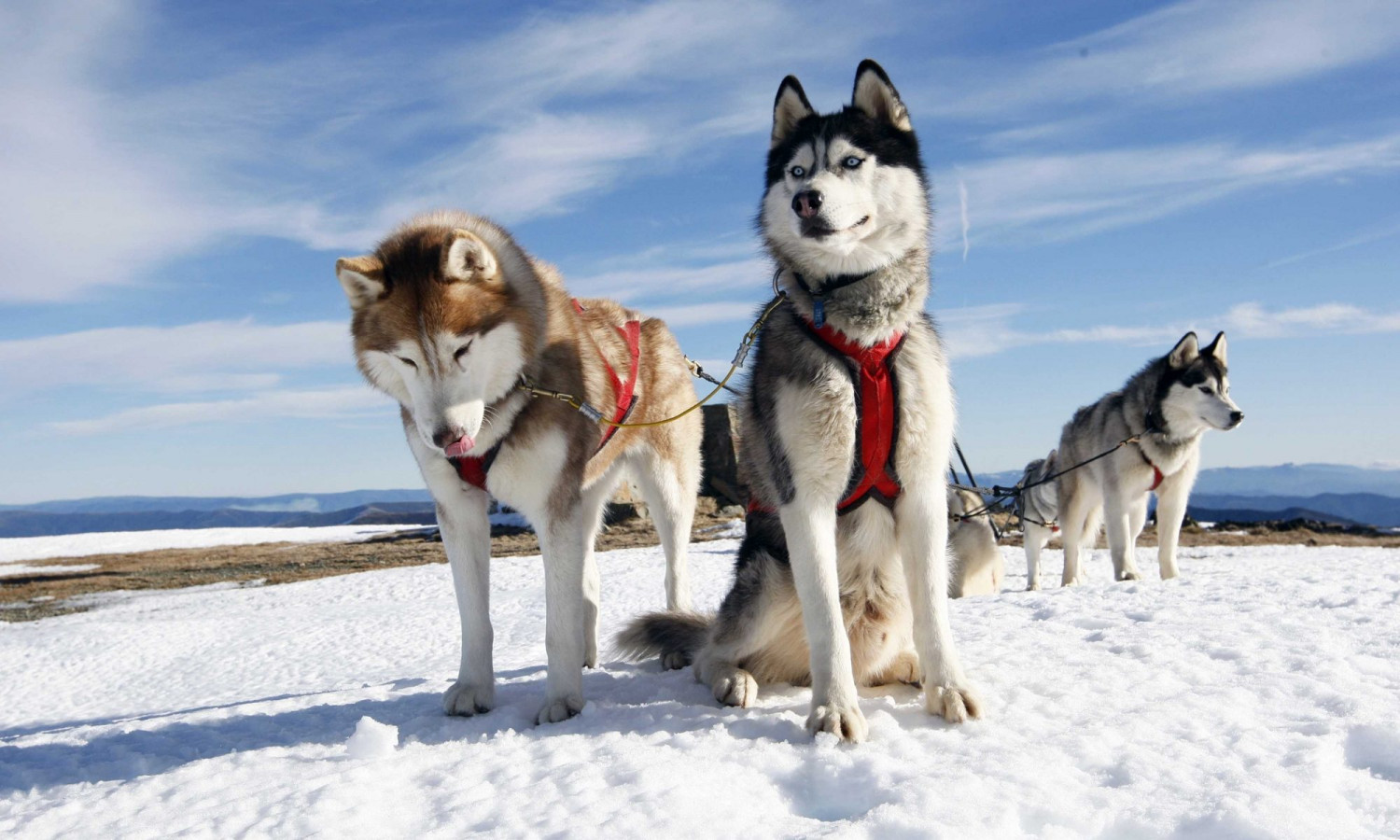
Alaskan Husky Dog Breed Information, Images, Characteristics, Health
That said, there are some staples of the breed, including an average size, weight and coat coloring. Take a look. Alaskan Husky Height: Varies. Alaskan Husky Weight: Between 40 - 60 Pounds. Alaskan Husky Coat Color: White and chocolate, sable and white, seal and white, grey and white, red and white, black and white.
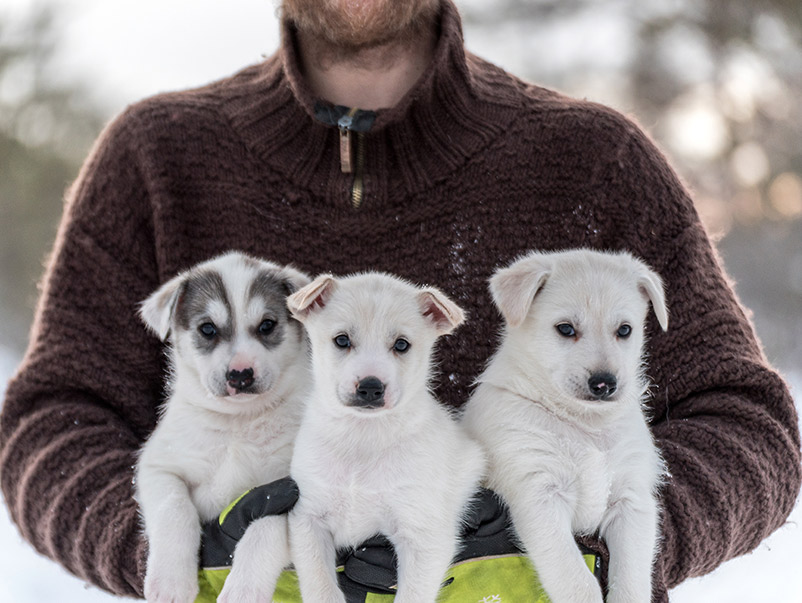
Alaskan Husky Dog Breed Profile, Personality, Facts
Alaskan Huskies resemble Siberian Huskies in appearance. Males range from 40 to 60 pounds and females average 35 to 48 pounds. It has good vision and a strong nose due to the inclusion of sight-hound in their genetics. Swimming and retrieving do not come naturally to the Alaskan Husky, but it can jump up to six feet from a sitting position.

Alaskan husky dogs characteristics and breeding Husky Village
Alaskan Husky Temperament and Personality The Alaskan Husky is a good friend to have on a three-dog night. He's typically affectionate and has an instinct for snuggling since that's how he keeps warm out on the trail with his sled mates.. There are many great options available if you want to adopt a dog from an animal shelter or breed.
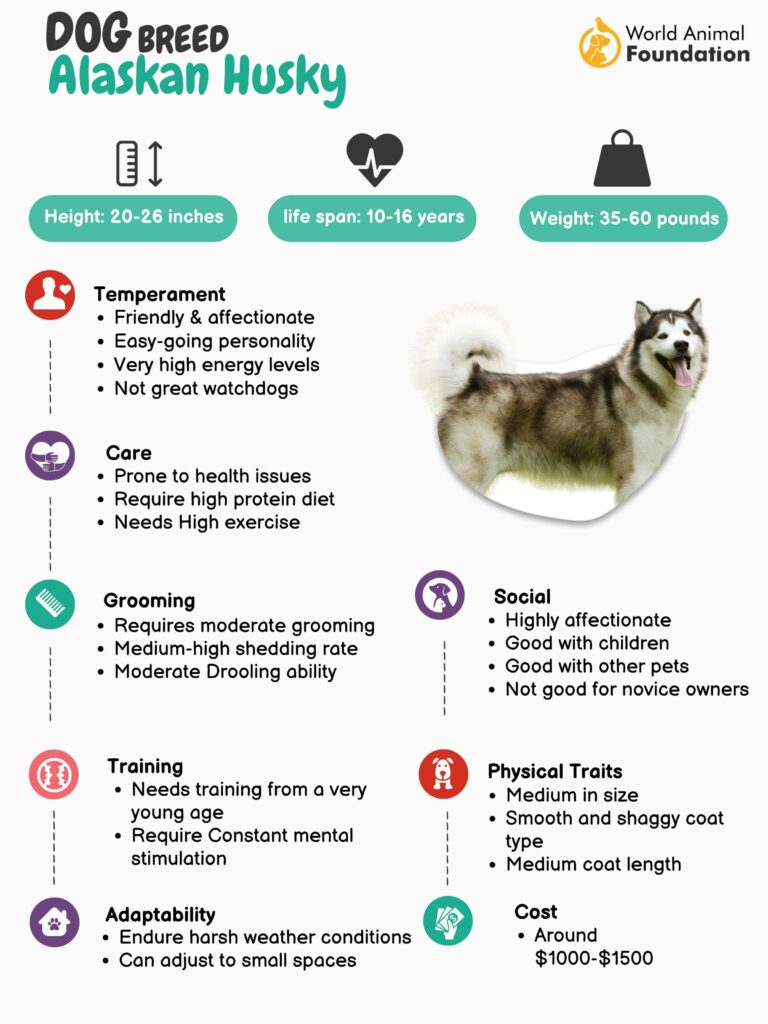
Alaskan Husky Traits, Temperament, And Training
The Alaskan Husky is a versatile working dog bred for endurance, strength, and speed. It is not a standardized breed but a blend of various Nordic breeds, selected for specific traits by breeders. They are genetically related to Alaskan malamutes and Siberian huskies. Lifespan: 10 to 15 years.
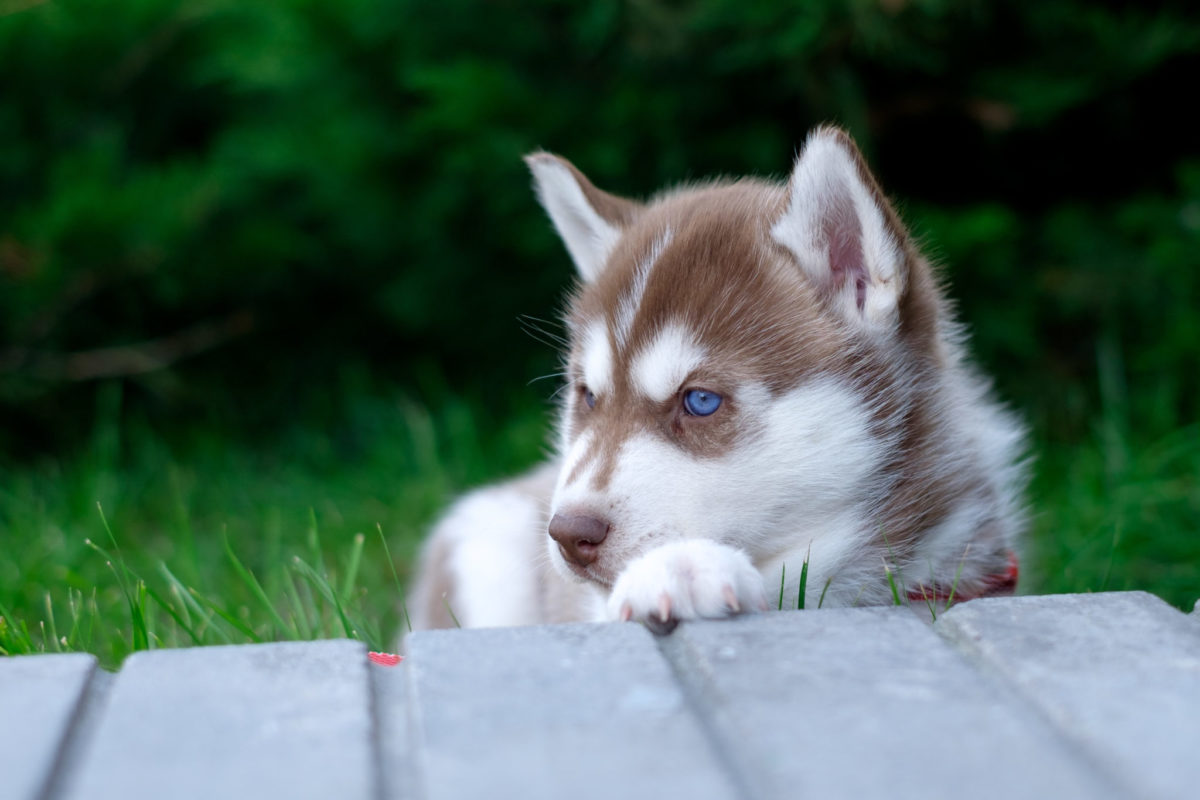
Husky Temperament & Personality CannaPet®
The Alaskan Husky is a medium-sized, athletic dog with a wolf-like appearance. They possess a strong, lean body built for endurance, a broad chest, and long legs, all of which contribute to their exceptional ability to traverse long distances at speed. Their head is wedge-shaped, with a medium-sized muzzle, erect ears, and expressive eyes that.
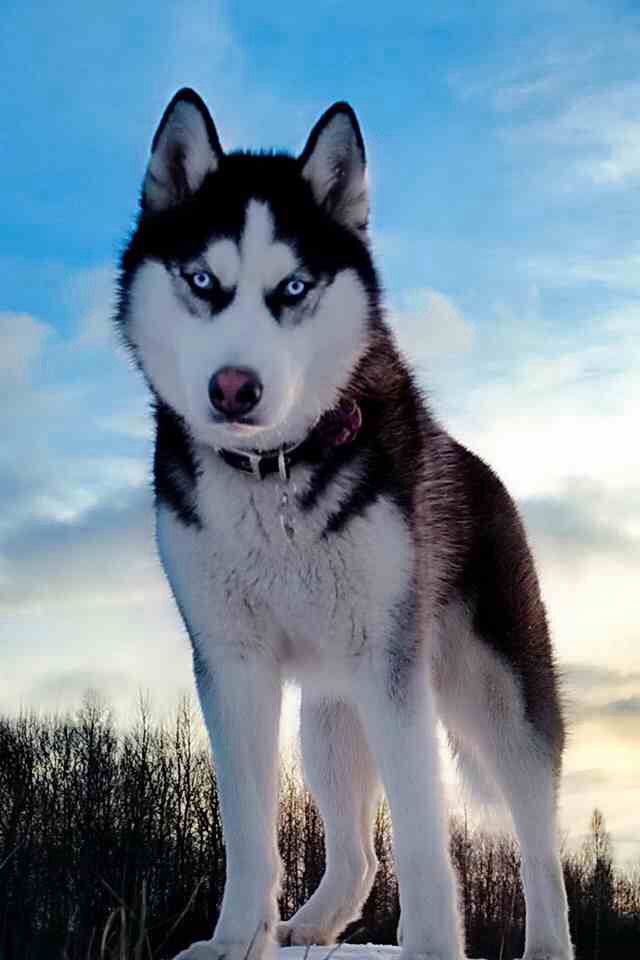
Alaskan Husky Breed Temperament, Lifespan, Shedding, Puppy
Fact #5: Technically speaking, Alaskan Husky is a type, not a breed. In its primary sense, the term 'Alaskan Husky' categorizes a good number of Huskies. The same controversy exists with other dog names like the Pit Bull. There is a crossbreed of various fast dogs called the Alaskan Husky. It is what we are focused on.
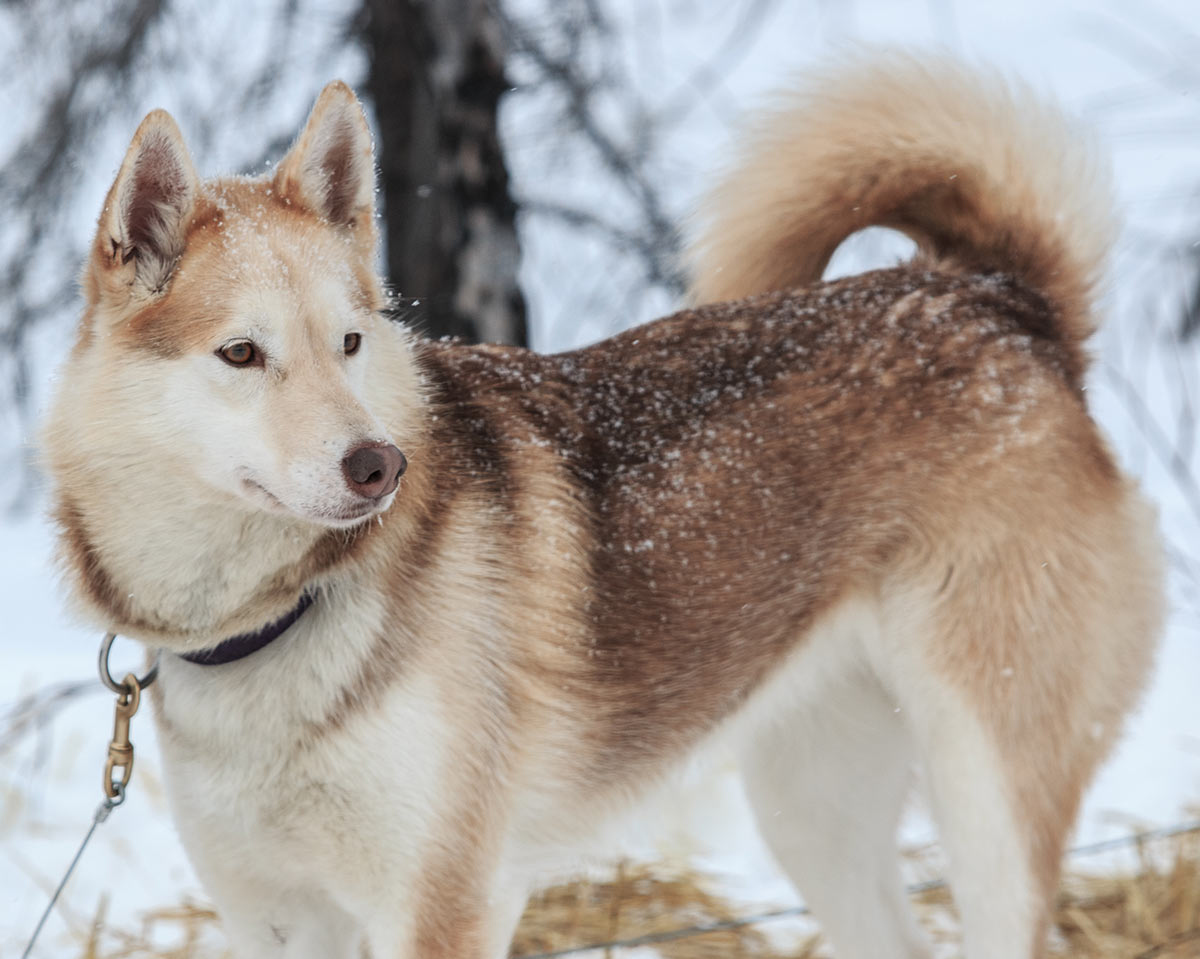
Alaskan Husky Breed Temperament, Lifespan, Shedding, Puppy
The Alaskan Husky is a medium to large-sized working dog breed, standing between 23 to 26 inches tall at the shoulder with males typically larger than females. Weighing anywhere from 40 to 60 pounds, the breed presents a picture of strength, agility, and endurance. Despite its name, the Alaskan Husky is not a purebred dog and doesn't conform.
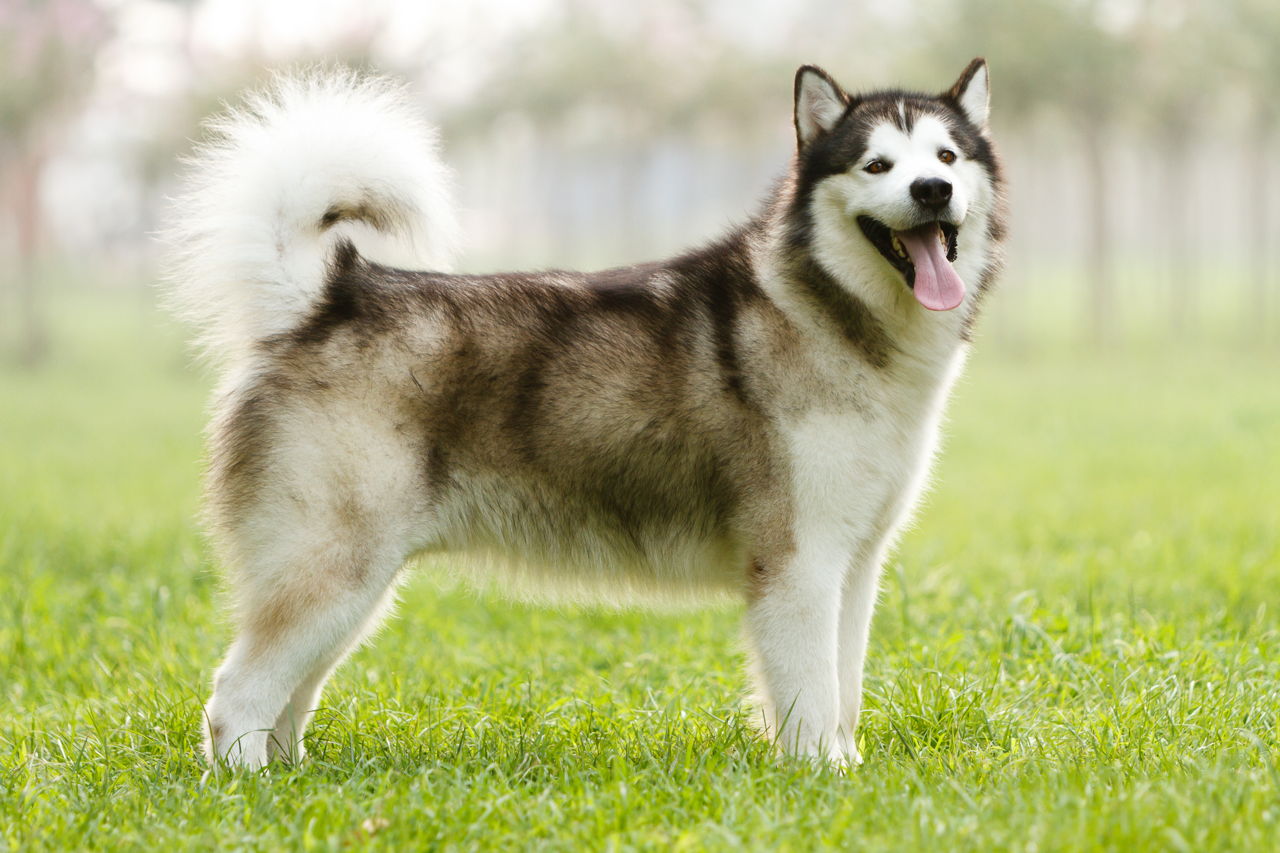
Alaskan Husky Breed Temperament, Lifespan, Shedding, Puppy
Alaskan Huskies are generally medium to large size, depending on their specific genetics. They have a very athletic build, with the wolf-like appearance of other Husky breeds. They typically weigh between 30 and 65 pounds. Both males and females stand 23 to 26 inches tall.
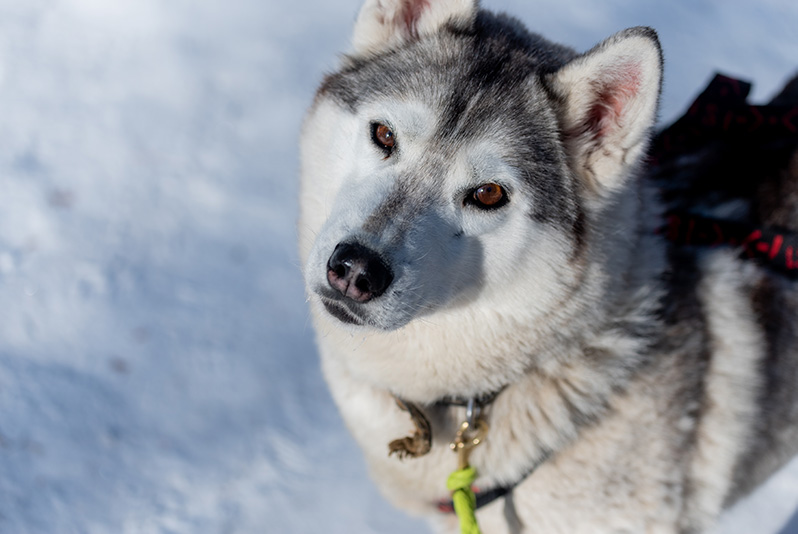
Alaskan Husky Dog Breed Profile, Personality, Facts
Alaskan huskies can live in hot climates since they originated from the world's coolest region. Unlike other dogs, this one can stay active and happy even at a freezing temperature of as low as -62.2°C. Alaskan husky can run about 100 miles a day, without feeling fatigued or having painful cramps.